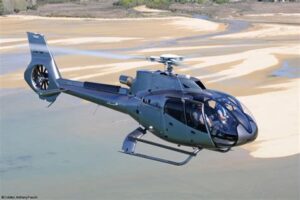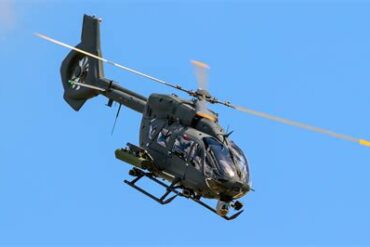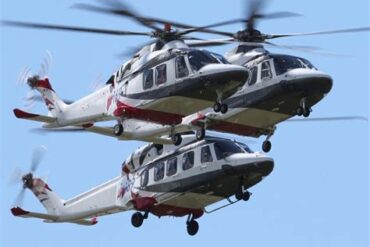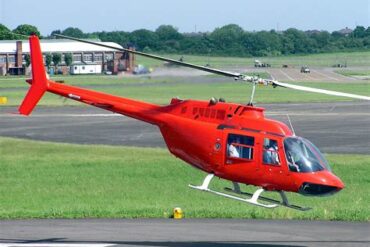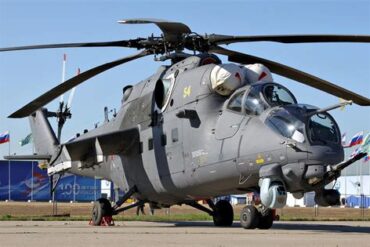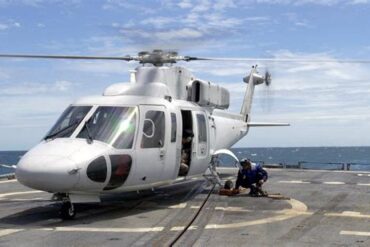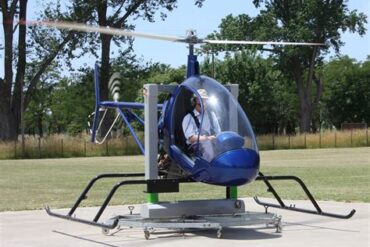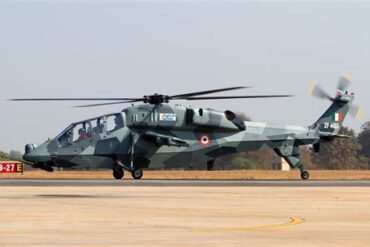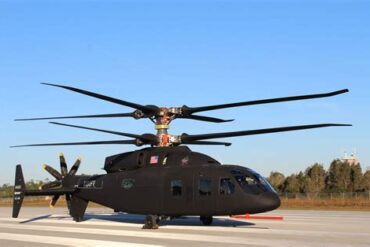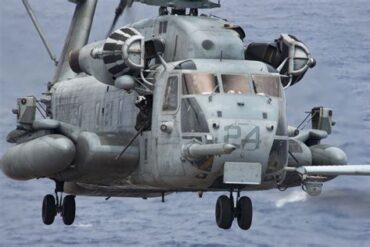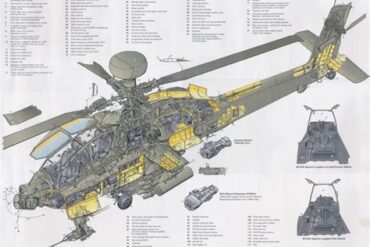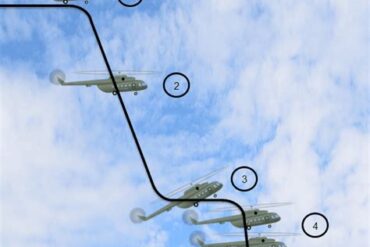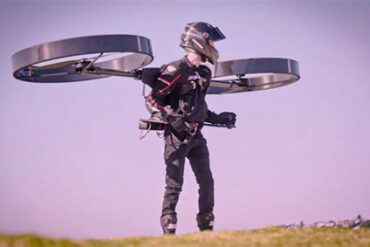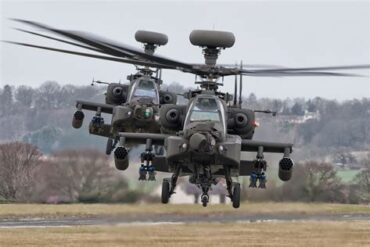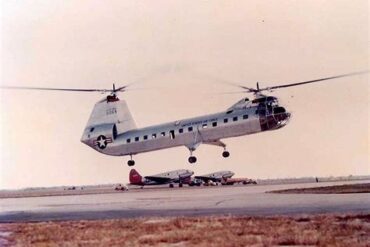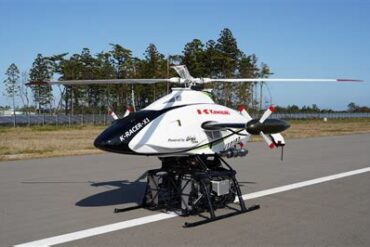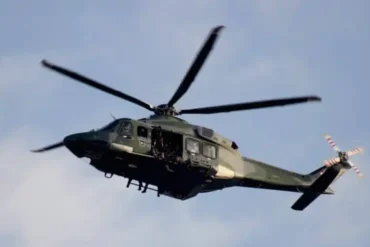Helibras, a prominent name in the aerospace industry, has made a significant mark in the helicopter manufacturing sector. Established in Brazil in 1978, the company specializes in the design, production, and maintenance of helicopters. Helibras has become a key player in both the national and international markets, known for its commitment to quality and innovation. This article delves into the various aspects of Helibras helicopters, highlighting their history, models, technological advancements, and their role in various sectors.
Historical Background of Helibras
Founded as a subsidiary of the European aerospace giant Airbus, Helibras has continually evolved since its inception. The company’s first helicopter, the HB-350 Esquilo, was introduced in the early 1980s, marking a milestone in Brazilian aviation. Over the years, Helibras has expanded its product line, integrating advanced technologies and catering to a diverse range of customers, including government agencies, private operators, and commercial enterprises.
The strategic partnership with Airbus has been instrumental in Helibras’ growth, allowing the company to leverage Airbus’s extensive experience and technological expertise. This collaboration has enabled Helibras to enhance its design capabilities, streamline production processes, and maintain high-quality standards across all its products.
Helibras Helicopter Models
Helibras offers a variety of helicopter models tailored to meet specific operational requirements. Each model is designed with unique features, ensuring that it serves its intended purpose efficiently. Below are some of the prominent helicopter models manufactured by Helibras:
1. EC725 Caracal
The EC725 Caracal is a multi-role helicopter renowned for its versatility and performance. Originally developed for military operations, this model has been adapted for search and rescue, medical evacuation, and transport missions.
- Specifications: The EC725 boasts a maximum takeoff weight of approximately 11,000 kg and can carry up to 28 passengers. It is equipped with advanced avionics and flight control systems, ensuring safety and reliability in various conditions.
- Performance: With a cruising speed of around 260 km/h, the EC725 can cover vast distances quickly, making it ideal for time-sensitive missions. Its robust design allows it to operate in harsh environments, from dense jungles to offshore platforms.
2. H225 Super Puma
The H225 Super Puma is another exceptional helicopter that stands out for its long-range capabilities and passenger comfort. It is widely used in offshore oil and gas operations, as well as for passenger transport.
- Specifications: This helicopter has a maximum takeoff weight of 11,000 kg and features a spacious cabin that can accommodate up to 24 passengers. Its range of approximately 1,000 km allows it to operate efficiently in remote locations.
- Performance: The H225 is equipped with two powerful engines, ensuring excellent performance even in challenging weather conditions. Its advanced avionics suite enhances situational awareness for pilots, contributing to safer operations.
3. H135
The H135 is a light twin-engine helicopter that excels in urban operations, air ambulance services, and law enforcement missions. Its compact design and agility make it suitable for various applications.
- Specifications: With a maximum takeoff weight of 2,950 kg, the H135 can carry up to 7 passengers. It features a quiet and fuel-efficient engine, making it an environmentally friendly option for urban environments.
- Performance: The H135 boasts a cruise speed of around 250 km/h and a range of approximately 600 km, allowing it to perform quick response missions. Its versatility makes it a popular choice among emergency medical services and law enforcement agencies.
Technological Advancements in Helibras Helicopters
Helibras is committed to integrating cutting-edge technology into its helicopter designs. This focus on innovation enhances operational efficiency, safety, and passenger comfort. Some of the key technological advancements include:
1. Advanced Avionics Systems
Helibras helicopters are equipped with state-of-the-art avionics systems that provide pilots with critical information and improved situational awareness. These systems include:
- Glass Cockpit Displays: Modernized cockpit interfaces that provide real-time data, enhancing navigation and operational control.
- Flight Management Systems: Advanced systems that automate flight planning, navigation, and monitoring, allowing pilots to focus on mission execution.
2. Enhanced Safety Features
Safety is a top priority in helicopter design, and Helibras incorporates numerous safety features in its models:
- Automatic Flight Control Systems: These systems reduce pilot workload and enhance stability during flight.
- Redundant Systems: Critical systems are designed with redundancy to ensure continued operation in case of a failure, significantly improving overall safety.
3. Environmentally Friendly Technologies
Helibras is committed to reducing the environmental impact of its helicopters. The company has adopted various green technologies, including:
- Fuel-Efficient Engines: Designed to optimize fuel consumption while maintaining performance, contributing to lower emissions.
- Noise Reduction Technologies: Innovations aimed at minimizing noise pollution during operations, particularly in urban areas.
Applications of Helibras Helicopters
Helibras helicopters serve a wide range of applications across various sectors, showcasing their versatility and reliability. Some of the key applications include:
1. Emergency Medical Services (EMS)
Helibras helicopters play a crucial role in emergency medical services, providing rapid transport for critically ill patients. Their ability to access remote locations quickly can make the difference in life-and-death situations. The H135, with its spacious cabin and advanced medical equipment, is particularly favored for air ambulance services.
2. Search and Rescue Operations
The rugged design and advanced technology of Helibras helicopters make them ideal for search and rescue missions. The EC725 Caracal is specifically engineered for these operations, featuring hoists and rescue baskets to assist in saving lives in challenging environments.
3. Offshore Oil and Gas Operations
Helibras helicopters are essential in the offshore oil and gas industry, providing transportation for personnel and equipment to remote drilling sites. The H225 Super Puma is commonly used due to its range, capacity, and reliability in adverse weather conditions.
4. Law Enforcement and Public Safety
Many law enforcement agencies utilize Helibras helicopters for surveillance, pursuit, and emergency response. Their agility and advanced avionics systems enable effective monitoring and rapid response to incidents.
Maintenance and Support Services
To ensure the longevity and reliability of Helibras helicopters, the company offers comprehensive maintenance and support services. These services include:
1. Scheduled Maintenance
Helibras provides scheduled maintenance programs tailored to each helicopter model, ensuring that all components function optimally. Regular inspections and servicing help prevent mechanical failures and extend the aircraft’s operational lifespan.
2. Technical Support
The company offers technical support to operators worldwide, assisting with troubleshooting and repairs. Helibras ensures that clients have access to trained technicians and spare parts, minimizing downtime.
3. Training Programs
Helibras is committed to ensuring that pilots and maintenance personnel are well-trained. The company offers training programs that cover flight operations, safety procedures, and maintenance practices, equipping operators with the necessary skills to maximize helicopter performance.
Conclusion
Helibras helicopters have established themselves as reliable and versatile aircraft in the aviation industry. With a rich history, a diverse range of models, and a commitment to innovation, Helibras continues to lead the way in helicopter manufacturing. From emergency medical services to offshore oil and gas operations, Helibras helicopters are equipped to handle various missions effectively.
As the demand for advanced aviation solutions grows, Helibras remains at the forefront, continually enhancing its technologies and services. The company’s focus on safety, efficiency, and environmental sustainability ensures that it will continue to be a key player in the global helicopter market for years to come.
